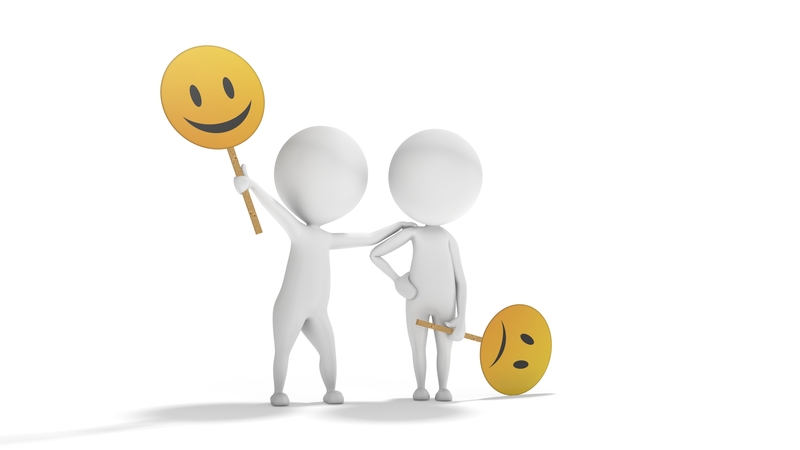

People believe that they are less likely to be a victim of a crime.When college professors are asked whether they do above-average work, 94% say they do.Smokers tend to think that they are less likely to contract lung cancer than other smokers.The likelihood of developing a serious health condition is usually underestimated.People know that every marriage is exposed to the risk of ending with a divorce, but they assume the risk is lower for themselves.These positive illusions created by our optimism bias follow us everywhere, every day:
 Unrealistic optimism, where people tend to rate negative events as less likely to happen to themselves than to the average person and positive events as more likely to happen to themselves than to the average person” ( Harris and Hahn, 2011, p. The better than the average effect (sometimes also called the superiority illusion), which is the perception of oneself, one’s past behavior, and one’s lasting features as more positive than is the case (“I am more talented than the average person”) ( e.g., Brown, 2012). The illusion of control, which is an exaggerated belief in one’s capacity to control independent, external events (e.g., Langer & Roth, 1975). There are a number of various positive illusions defined. How do I know it? It’s not easy to admit, but I am one of them as well! All decision-makers are highly exposed to the risk of unrealistic optimism concerning their decisions and the results of their decisions, especially for the sophisticated areas.
Unrealistic optimism, where people tend to rate negative events as less likely to happen to themselves than to the average person and positive events as more likely to happen to themselves than to the average person” ( Harris and Hahn, 2011, p. The better than the average effect (sometimes also called the superiority illusion), which is the perception of oneself, one’s past behavior, and one’s lasting features as more positive than is the case (“I am more talented than the average person”) ( e.g., Brown, 2012). The illusion of control, which is an exaggerated belief in one’s capacity to control independent, external events (e.g., Langer & Roth, 1975). There are a number of various positive illusions defined. How do I know it? It’s not easy to admit, but I am one of them as well! All decision-makers are highly exposed to the risk of unrealistic optimism concerning their decisions and the results of their decisions, especially for the sophisticated areas. DOES UNREALISTIC OPTIMISM OCCUR WITH SINGLE OR DIVORCE SOFTWARE
As a professional* that is trying to understand the conception of every concept, and working with decision-makers for over 15 years for software requirements, I noticed an emerging mental pattern.






 0 kommentar(er)
0 kommentar(er)
